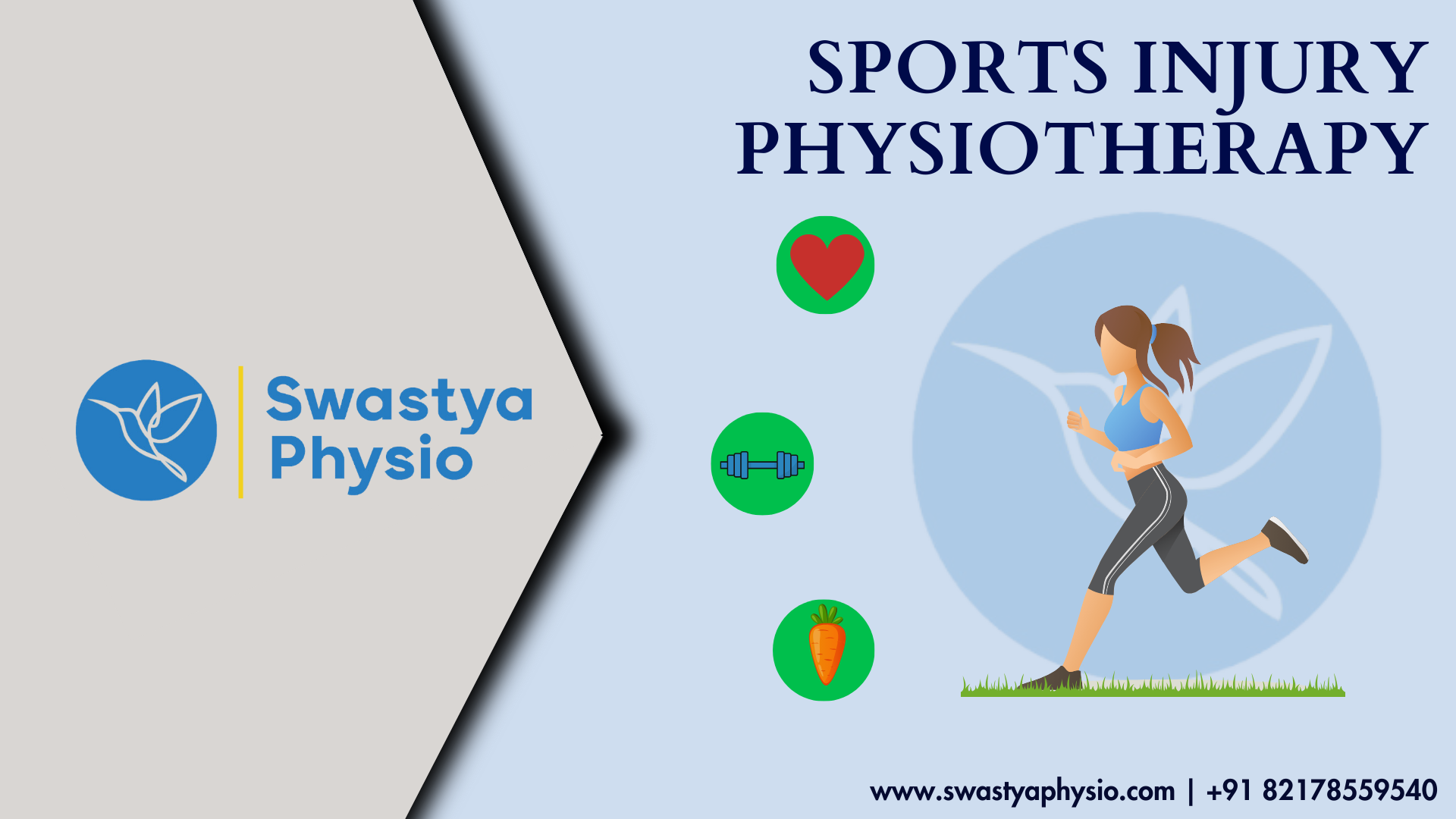Our trained physiotherapists will assess the possible causes of your headache pain. These causes may include:
- Poor posture
- Neck and upper back stiffness
- Muscle imbalances
- Muscle weakness
- Muscle tightness
- Previous neck trauma (e.g. whiplash)
- Inappropriate desk setup
- Inappropriate pillow or sleeping postures
- Sedentary lifestyle comprising excessive slouching
- Bending forwards or shoulders forwards activities
- Stress
- Dehydration
A physiotherapist plays a crucial role in alleviating headaches by identifying and addressing their root causes. During your assessment, the physiotherapist will examine various factors contributing to your headache pain, such as poor posture, neck and upper back stiffness, muscle imbalances, and previous neck trauma like whiplash. They will also consider lifestyle factors like inappropriate desk setups, unsuitable pillows or sleeping positions, sedentary habits, stress, and dehydration.
Once the underlying cause is determined, the physiotherapist will implement a tailored treatment plan to relieve symptoms and target the source of the pain. This often includes gentle manual mobilization of the facet joints in the upper neck and back, as well as specific exercises to improve posture, strengthen muscles, and enhance flexibility. By addressing these issues, a physiotherapist can significantly reduce the frequency and intensity of headaches, helping you achieve long-term relief and better overall health.
Different Types of Headaches and Their Symptoms
Headaches are a common ailment experienced by people of all ages, often varying in intensity and location. Recognizing the type of headache you’re experiencing is crucial for effective treatment. Here’s an in-depth look at the most common types of headaches and their symptoms:
1. Tension Headaches
Symptoms: Tension headaches typically present with:
- Dull, aching pain that wraps around the head like a tight band
- Pressure or tightness sensation in the forehead, temples, or back of the head
- Mild to moderate pain intensity
- Tenderness in the scalp, neck, or shoulder muscles
Causes: Tension headaches may be triggered by:
- Stress or anxiety
- Poor posture, especially when sitting or standing for long periods
- Muscle tension or strain, often due to overuse or improper ergonomics
- VEyestrain from prolonged screen time or reading in inadequate lighting
2. Migraine Headaches:
Symptoms: Migraine headaches are characterized by:
- Intense, throbbing pain, typically on one side of the head
- Nausea and vomiting
- Sensitivity to light, sound, or smells
- Visual disturbances (aura) such as flashes of light or blind spots
- Tingling or numbness in the face or extremities
Causes: Migraine headaches are characterized by:
- Genetic predisposition
- Hormonal changes, such as those related to menstruation or menopause
- Certain foods or food additives, including aged cheeses, processed meats, and artificial sweeteners
- Environmental factors like weather changes, strong odors, or bright lights
3. Cluster Headaches
Symptoms: Cluster headaches are characterized by:
- Severe, excruciating pain, often described as stabbing or burning
- Sudden onset of pain, usually around one eye
- Red or swollen eye on the affected side
- Nasal congestion or runny nose
- Restlessness or agitation during attacks
Causes:The exact cause of cluster headaches is unknown, but they may be triggered by:
- Abnormalities in the hypothalamus, the part of the brain that regulates the body’s internal clock and sleep-wake cycle
- Triggers such as alcohol consumption, changes in sleep patterns, or exposure to cigarette smoke
4. Sinus Headaches
Symptoms:Sinus headaches typically present with:
- Pain and pressure in the forehead, cheeks, or bridge of the nose
- Worsening pain with movement or bending forward
- Nasal congestion or discharge
- Fever or facial swelling in severe cases
Causes: Sinus headaches may be caused by:
- Sinus inflammation due to allergies, infections, or environmental irritants such as pollen, dust, or air pollution
5. Cervicogenic Headaches:
Symptoms: Cervicogenic headaches are characterized by:
- Pain originating from the neck or base of the skull
- Pain that radiates to the head, temples, or behind the eyes
- Stiffness or limited range of motion in the neck
- Tenderness in the neck muscles or upper back
Causes:Cervicogenic headaches may be caused by::
- Neck injuries or trauma, such as whiplash from a car accident
- Poor posture, especially when sitting or standing with the head in a forward position
- Degenerative changes in the cervical spine, such as osteoarthritis or herniated discs
Understanding the symptoms and triggers of different headache types can help you manage and alleviate your pain more effectively. If you experience frequent or severe headaches, it’s essential to consult with a healthcare professional for proper diagnosis and treatment.
Benefits of Neurological Physiotherapy
- Improved Mobility: Neurological physiotherapy aims to enhance mobility and functional abilities. Therapists utilize mobility exercises, gait training, and balance activities to improve strength, coordination, and balance, ultimately increasing independence in daily activities.
- Enhanced Motor Skills: Neurological physiotherapy helps individuals develop and regain motor skills affected by neurological conditions by employing specific techniques like neurodevelopmental facilitation and motor learning principles. This can improve movement control, coordination, and overall motor function.
- Pain Management: Neurological physiotherapists employ various strategies to address pain associated with neurological conditions. They use manual therapy techniques, therapeutic exercises, and modalities to reduce pain, improve physical function, and enhance the quality of life.
- Improved Posture and Alignment: Neurological conditions can affect posture and alignment. Physiotherapists work on correcting postural imbalances, enhancing alignment, and promoting proper body mechanics. This can help prevent secondary complications and improve overall body posture and alignment.
- Enhanced Balance and Fall Prevention: Balance impairments and an increased risk of falls are common in neurological conditions. Neurological physiotherapy focuses on balance training, coordination exercises, and proprioceptive training to improve balance and reduce the risk of falls.
How can Physiotherapy help with headaches?
Physiotherapy treatment for headaches begins with an assessment to pinpoint the likely cause of your headaches. Manual therapy techniques are then utilized to alleviate stiffness in your upper cervical joints, while soft tissue massage targets tension in tight muscles. Additional modalities such as ultrasound, heat packs, and TENS may be employed for pain relief. Your physiotherapist will prescribe stretches and exercises tailored to relieve pain and prevent future headaches by addressing muscle imbalances and weaknesses. They’ll also evaluate your workstation setup, sleep habits, and other potential aggravating factors, providing personalized advice for management and prevention.
Frequently Asked Questions
Physiotherapy addresses the root causes of headaches by utilizing manual therapy techniques to release stiffness in cervical joints and soft tissue massage to relieve muscle tension. Additionally, modalities like ultrasound, heat packs, and TENS are used for pain relief, while tailored exercises and stretches target muscle imbalances and weaknesses to prevent future headaches.
Physiotherapy can effectively treat various types of headaches, including tension headaches, migraines, cluster headaches, sinus headaches, and cervicogenic headaches. By identifying the specific cause of your headaches, physiotherapists can develop personalized treatment plans for optimal results.
The timeline for experiencing relief from headaches through physiotherapy varies depending on the individual and the severity of the condition. Some patients may notice improvements after just a few sessions, while others may require ongoing treatment for more chronic or complex issues.
Physiotherapy for headaches is generally safe and well-tolerated. However, as with any treatment, there may be some minor side effects such as temporary soreness or discomfort following manual therapy or muscle stretching. Your physiotherapist will closely monitor your progress and adjust the treatment plan as needed to minimize any potential risks.
Yes, physiotherapy plays a crucial role in preventing the recurrence of headaches by addressing underlying factors such as poor posture, muscle imbalances, and ergonomic issues. Your physiotherapist will provide guidance on lifestyle modifications, including workstation setup, sleep habits, and stress management techniques, to help manage and prevent future headaches effectively.













